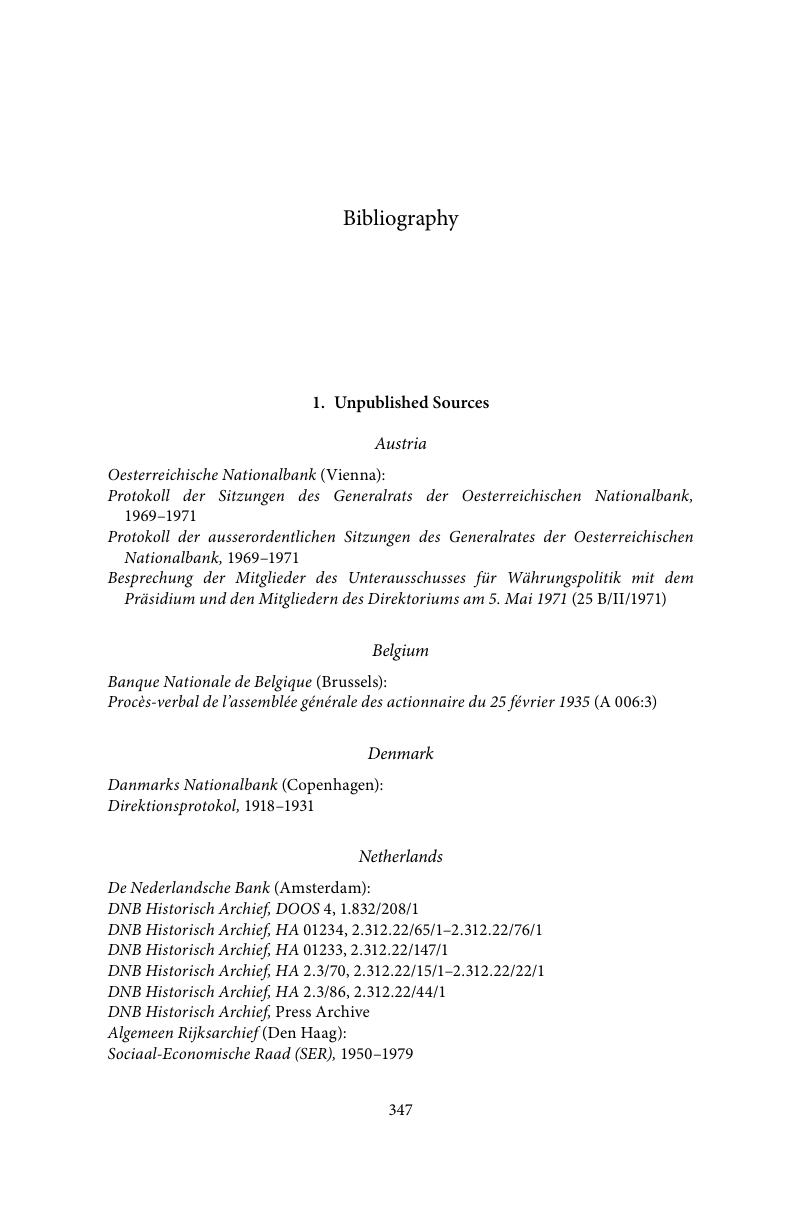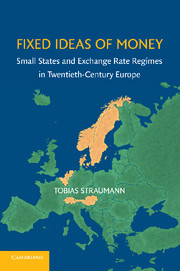Bibliography
Published online by Cambridge University Press: 06 July 2010
Summary

- Type
- Chapter
- Information
- Fixed Ideas of MoneySmall States and Exchange Rate Regimes in Twentieth-Century Europe, pp. 347 - 384Publisher: Cambridge University PressPrint publication year: 2010



